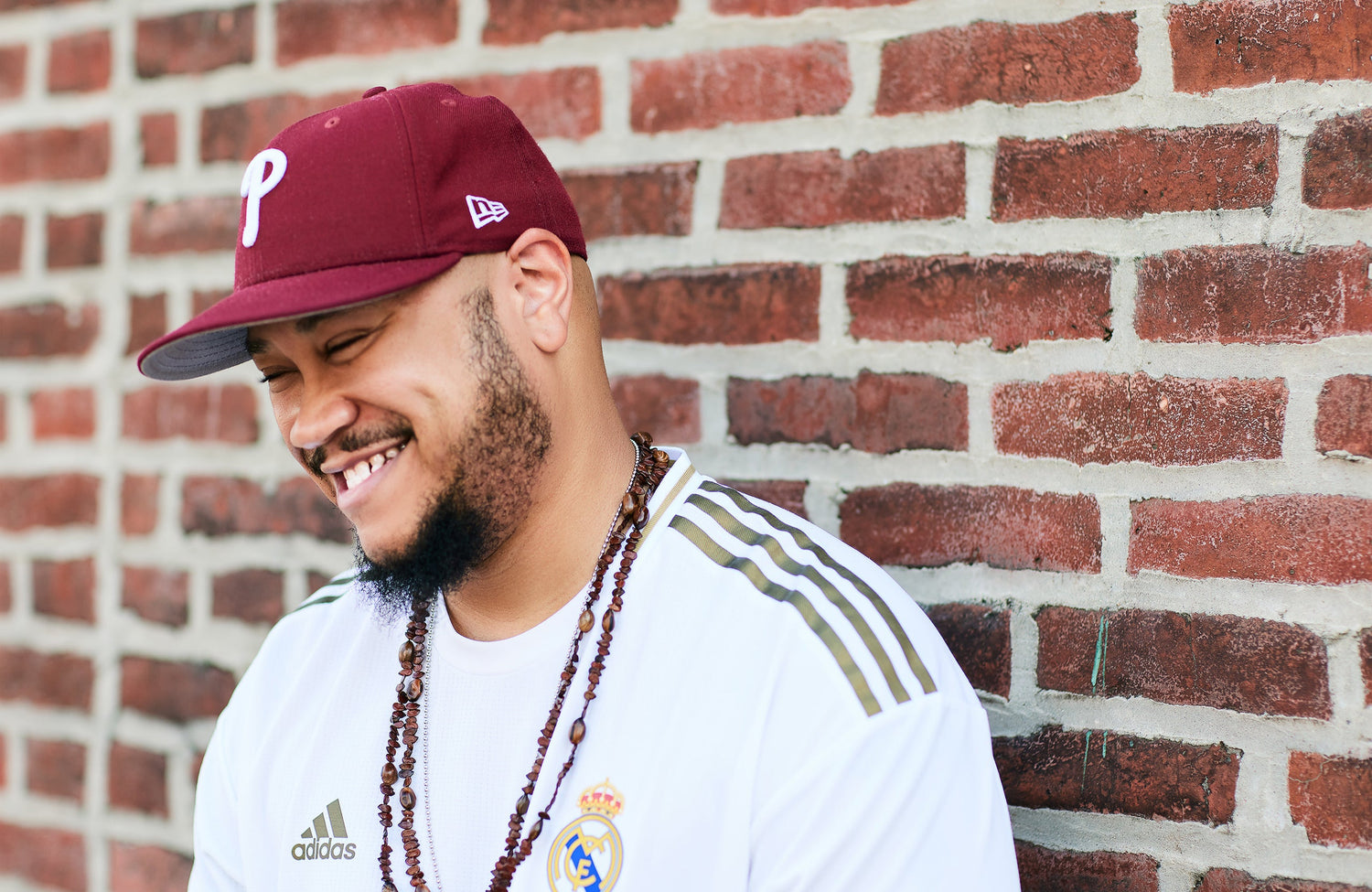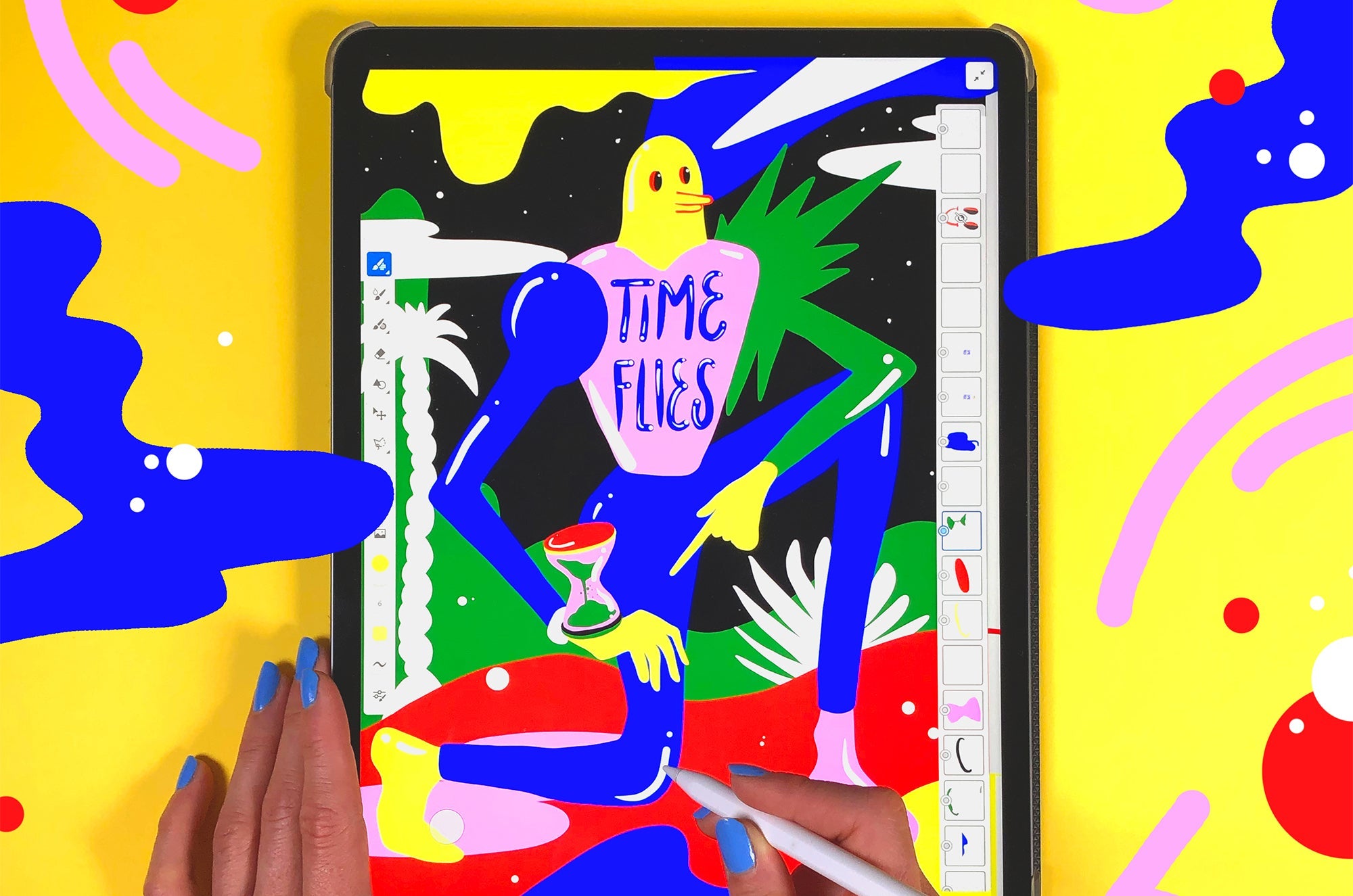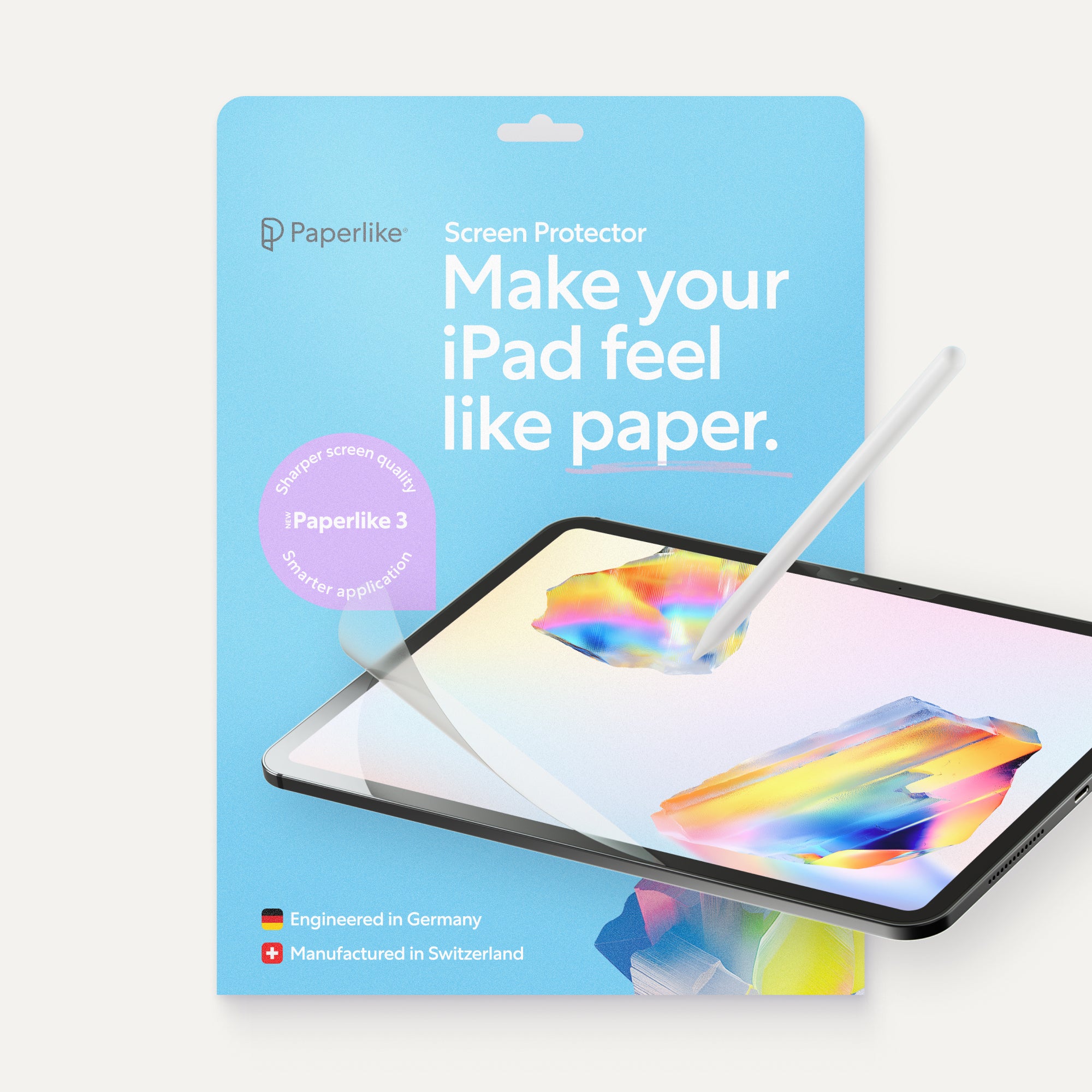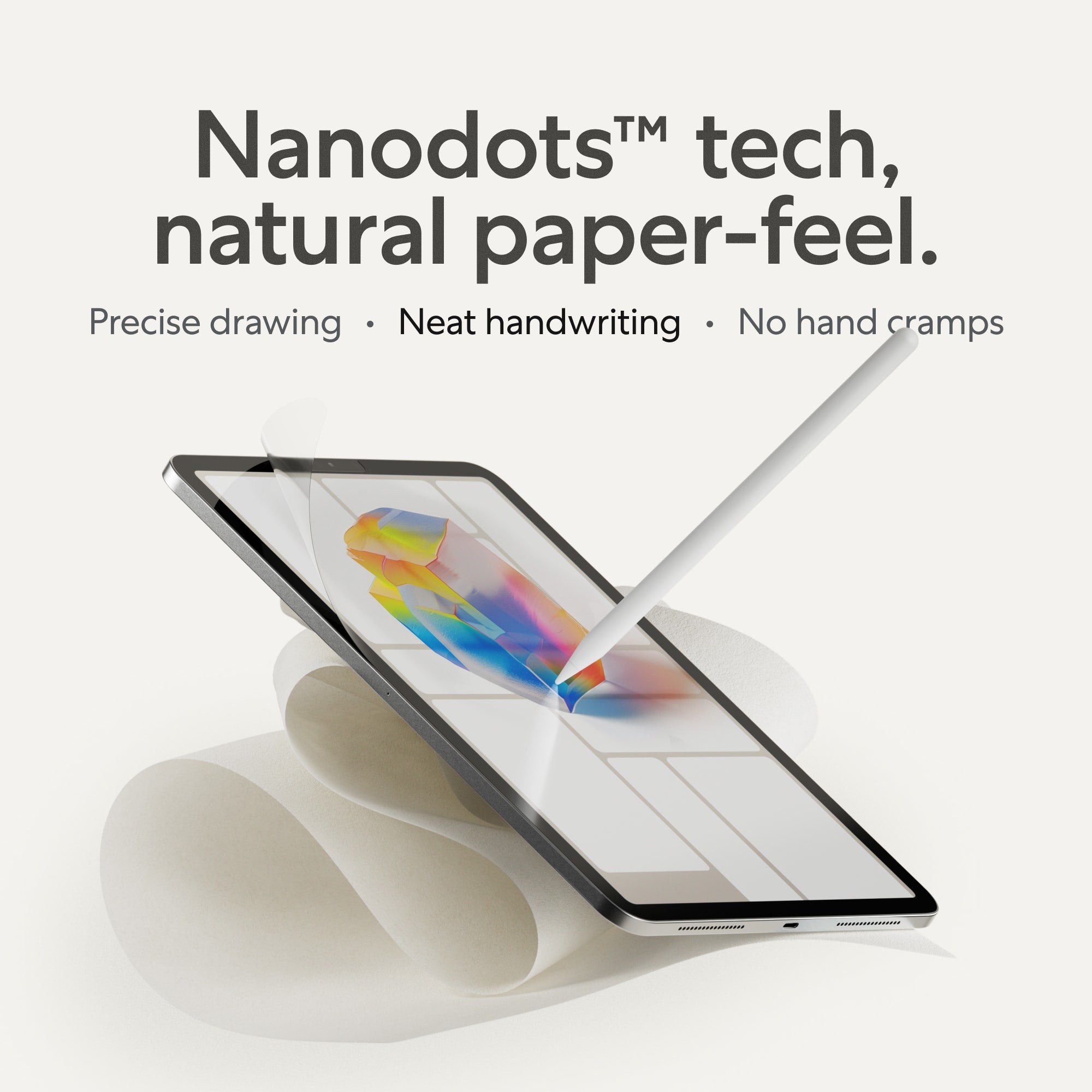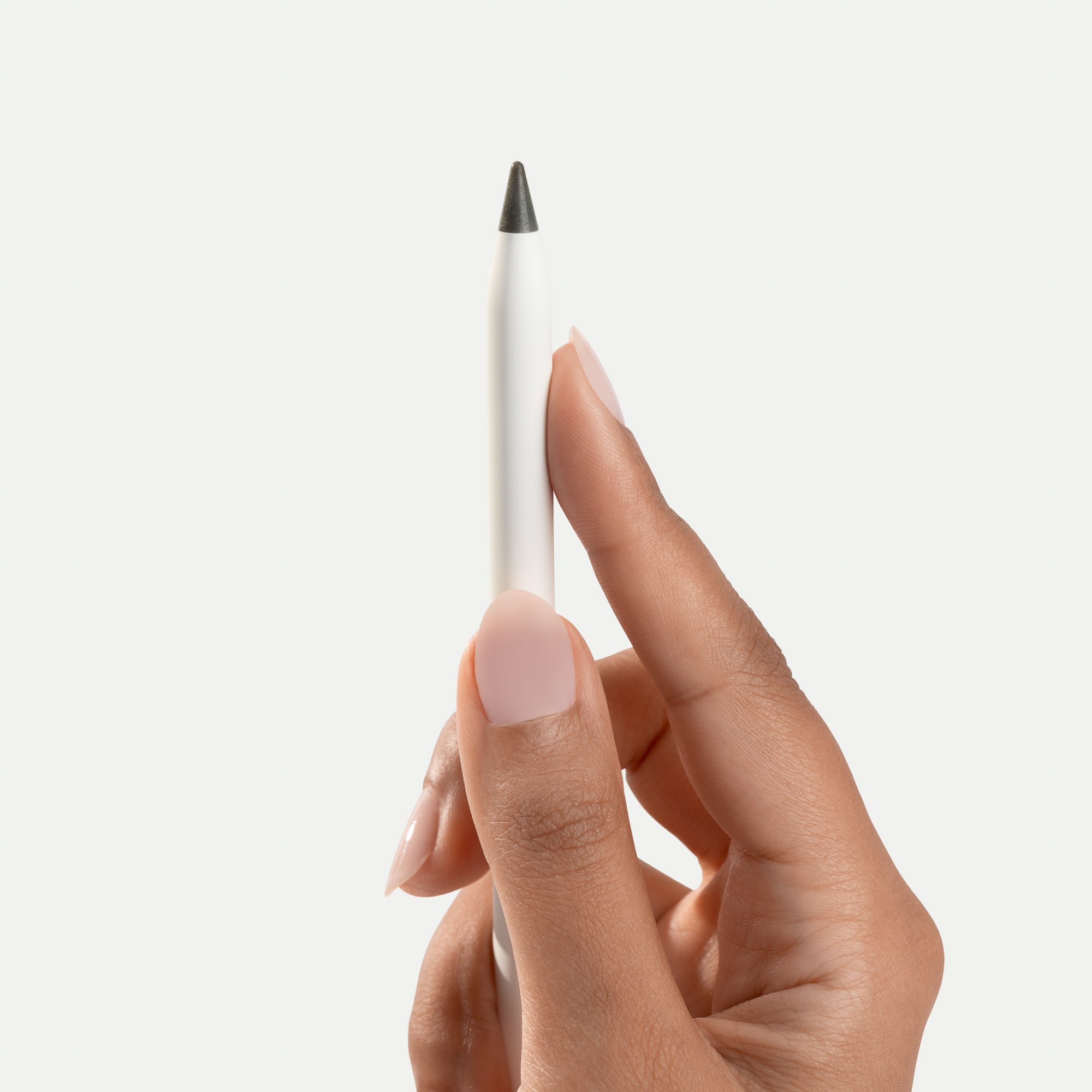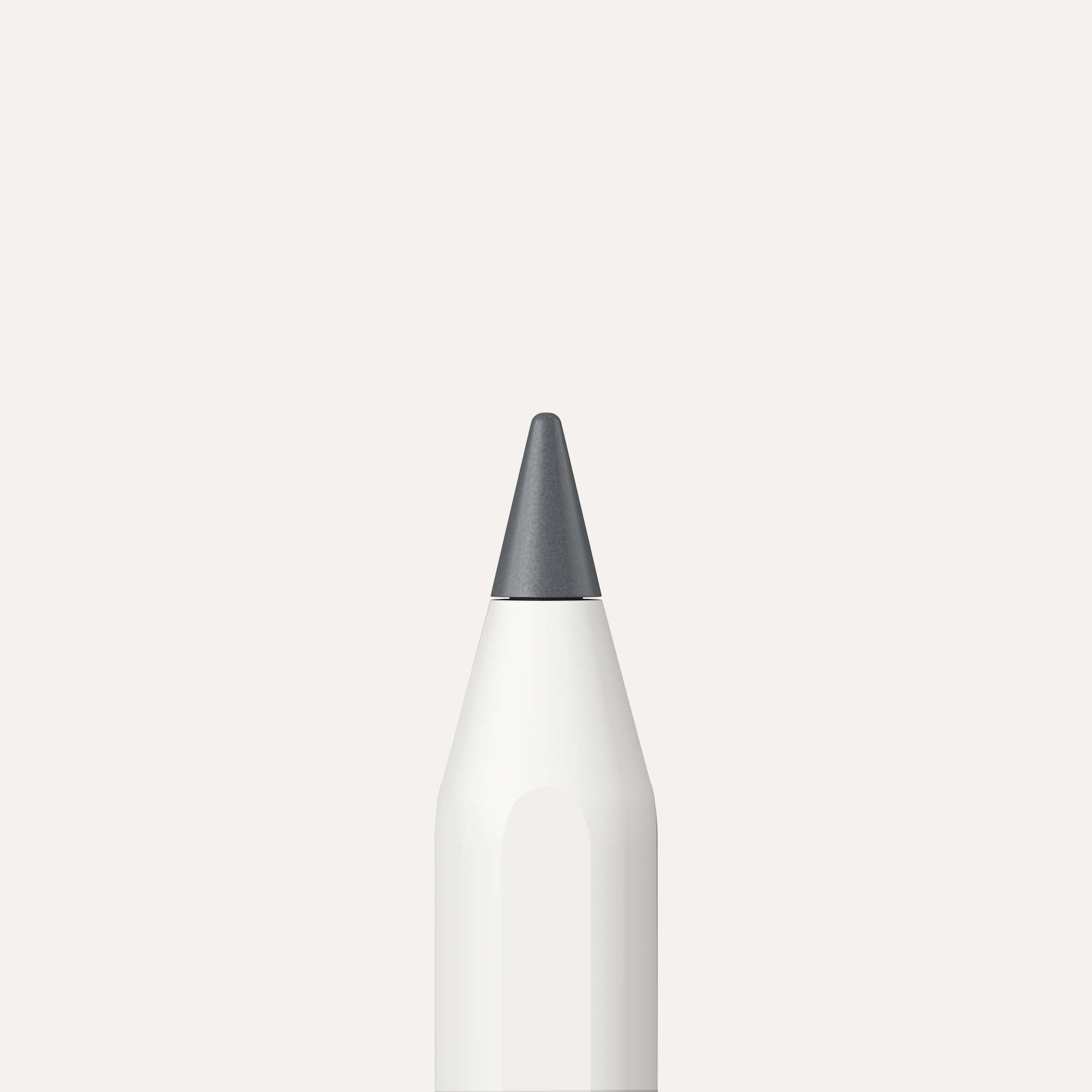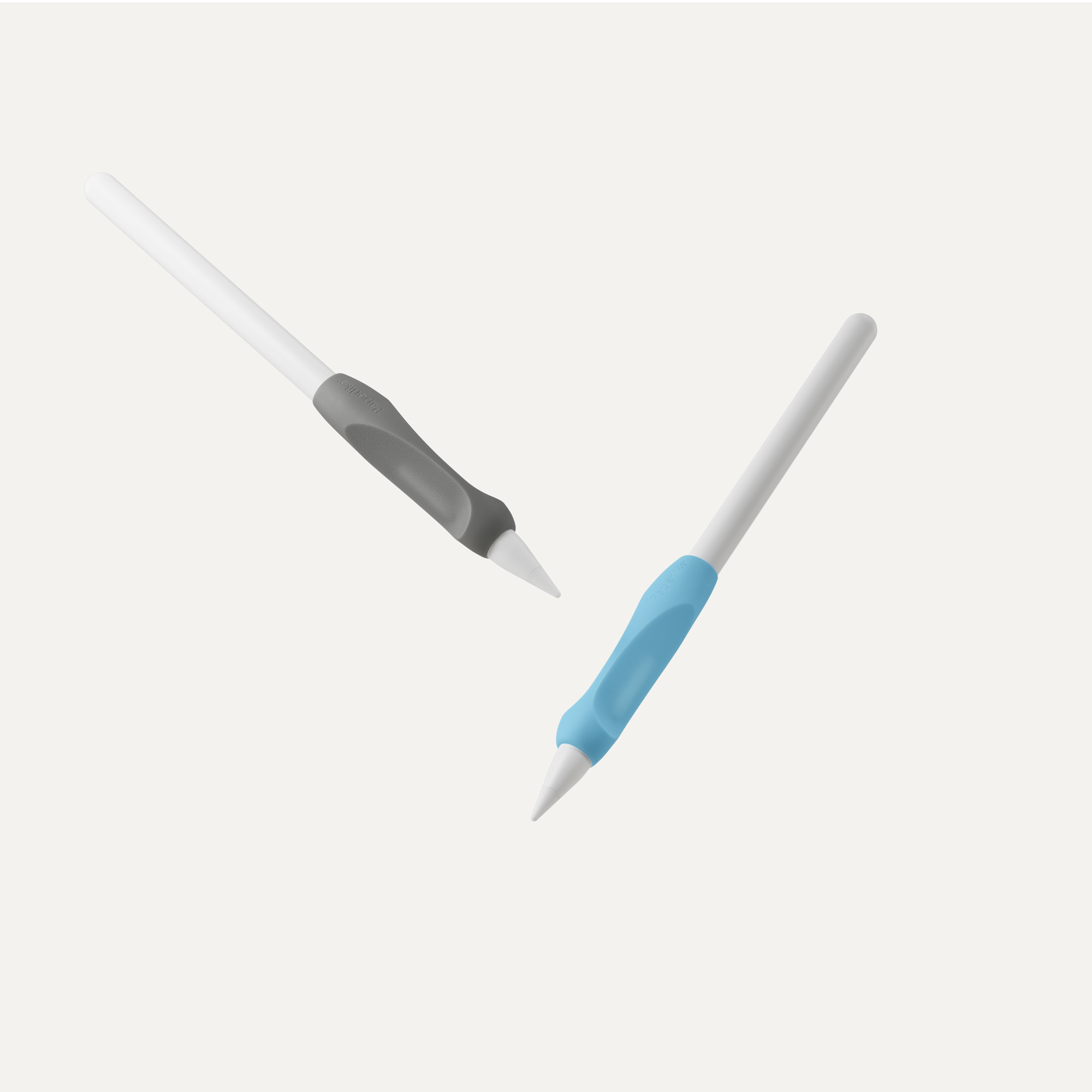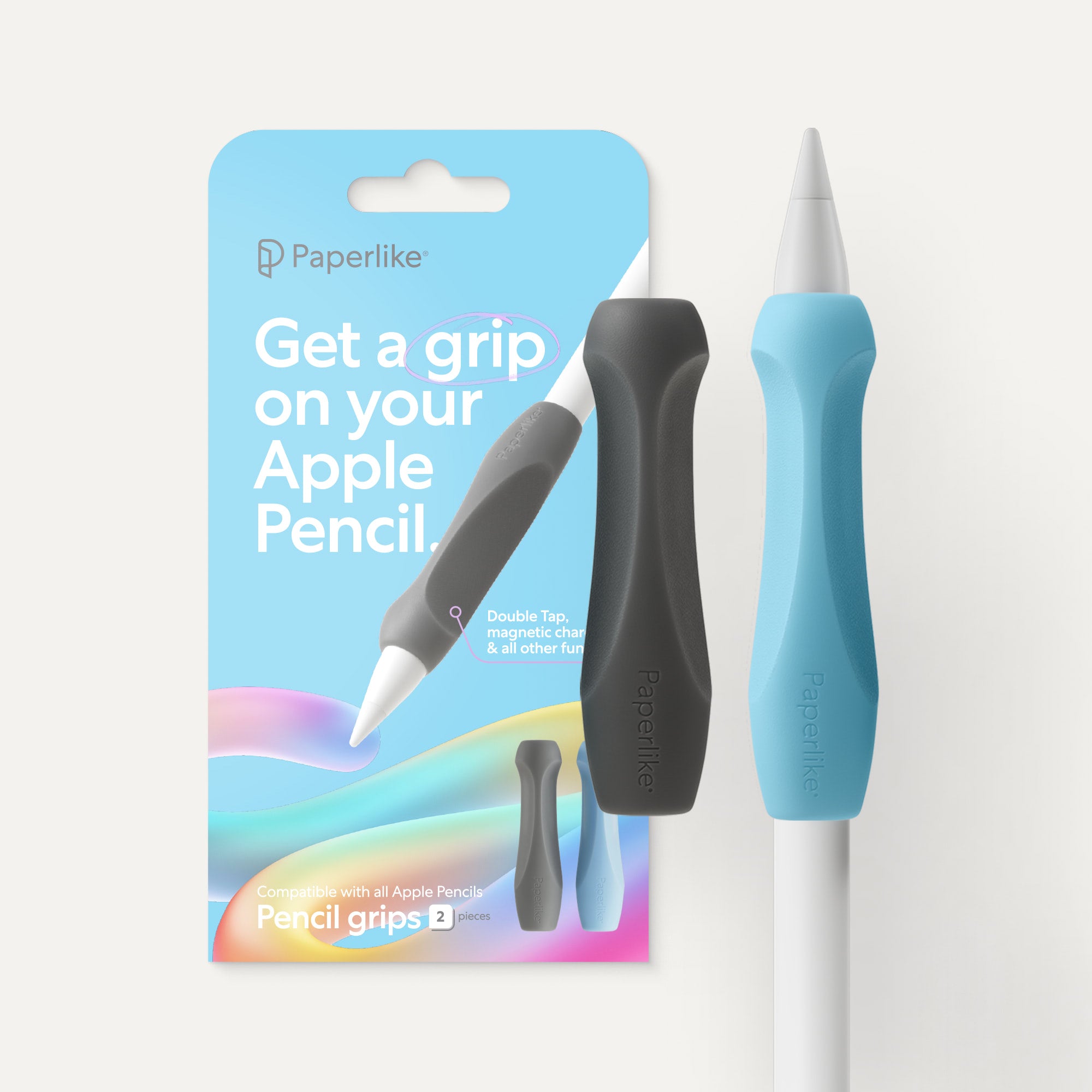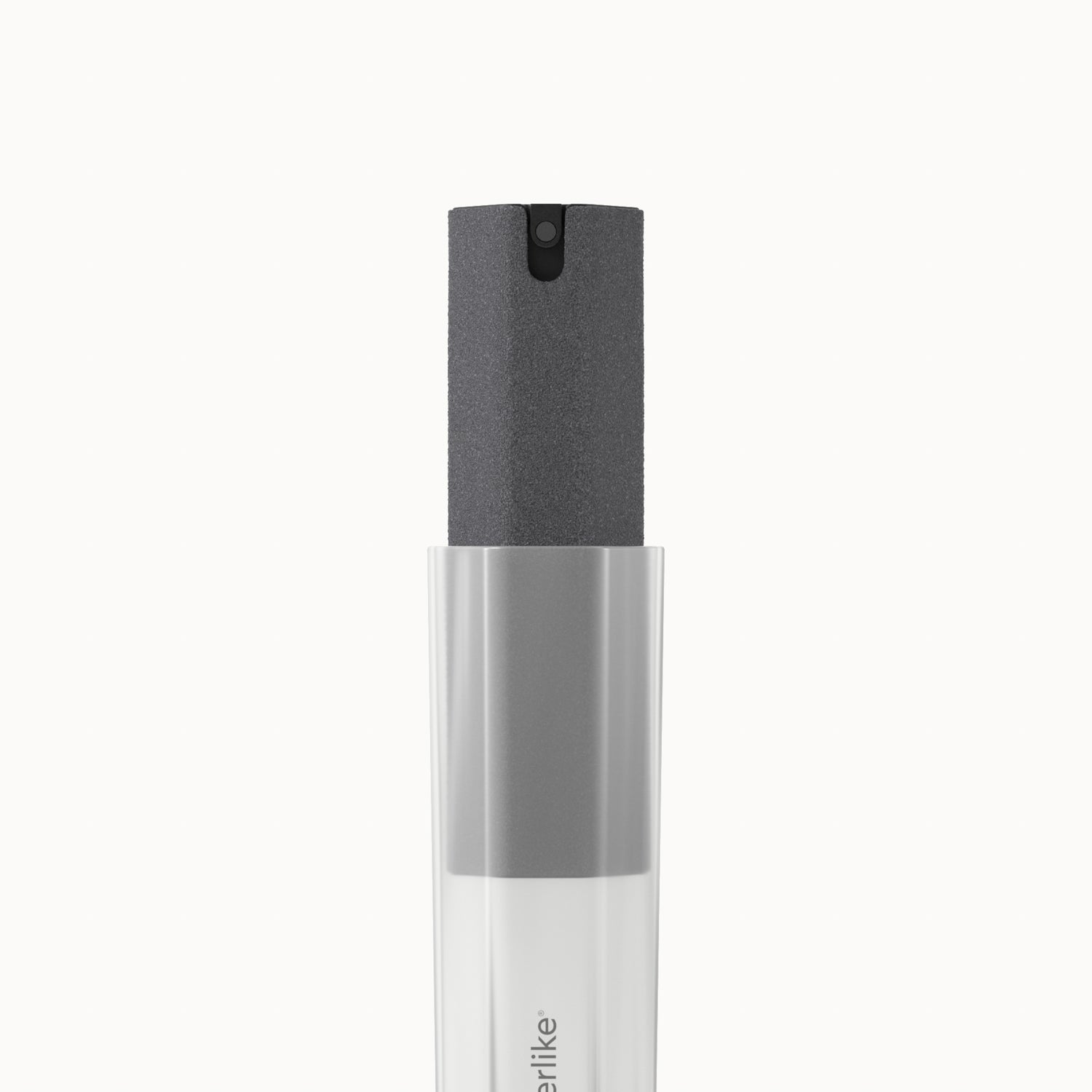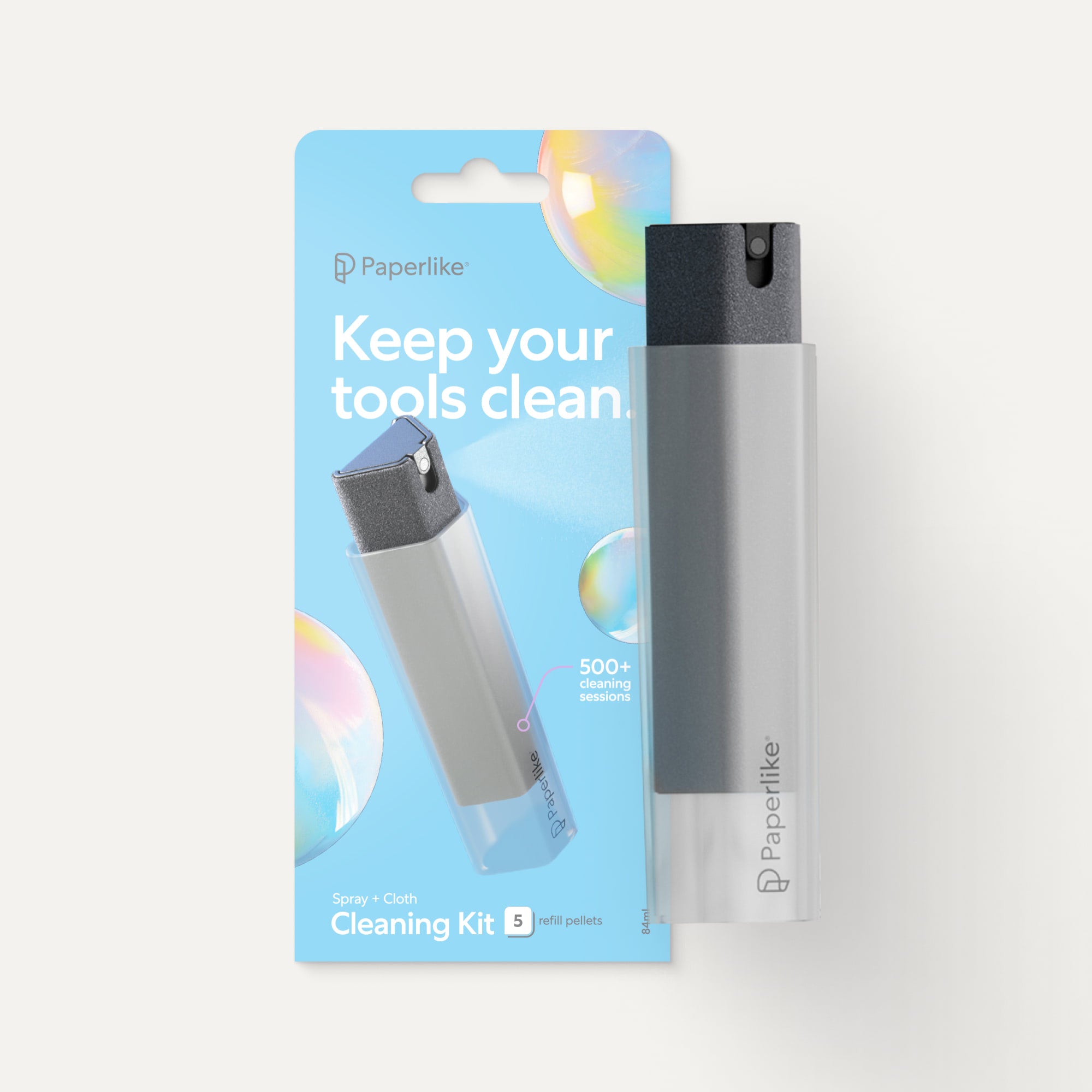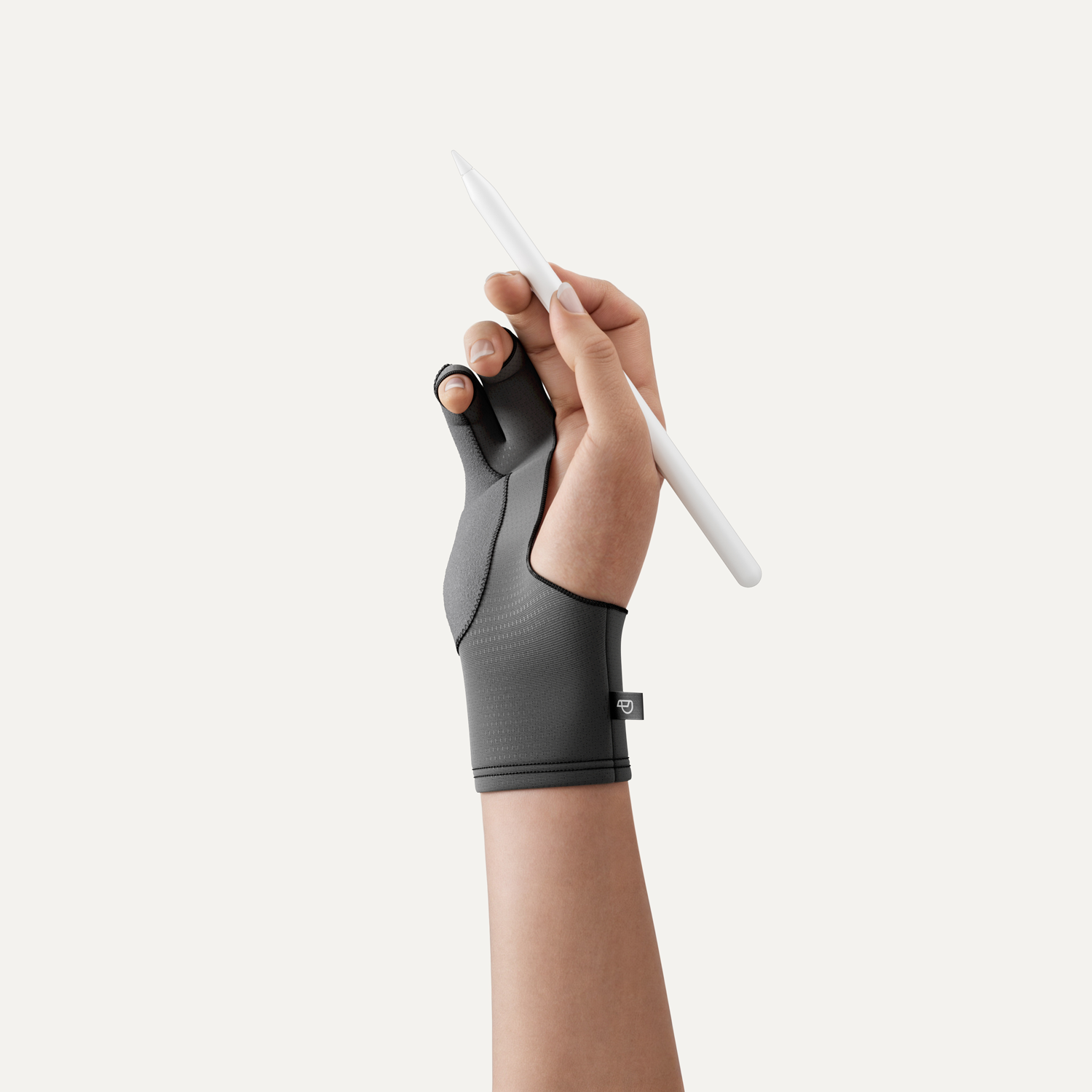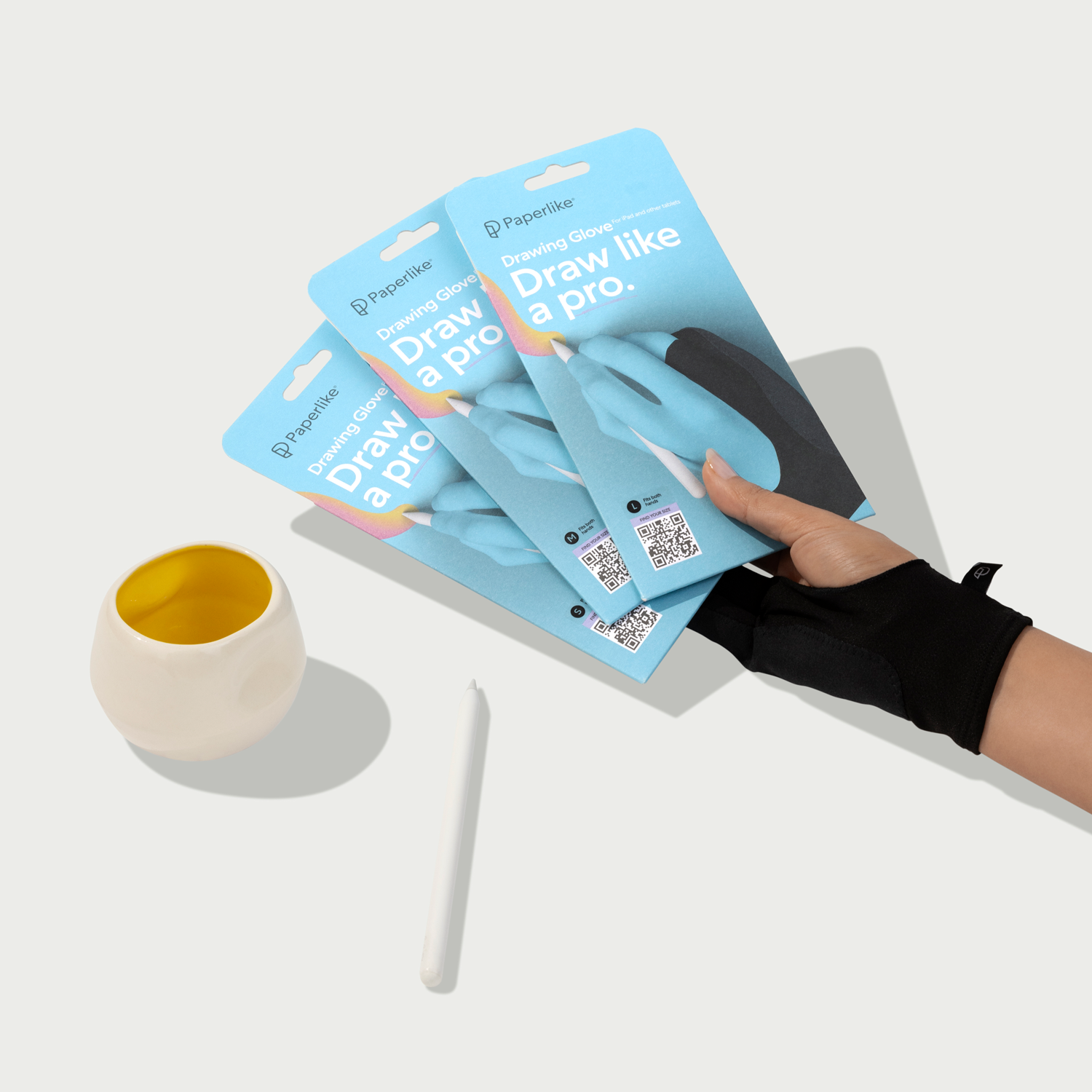Great art tells a story even as it helps viewers stay connected to the world around them.
For Brian Bowens (@bbsketch), this has never been more true than it is today. As an artist and designer in the sports and sneaker industry, Brian has helped NBA teams and A-list clients like ESPN and Footlocker capture the greatness and nostalgia of the modern sports arena.
But while he’s at the top of the game now, Brian didn’t start out with his sights set on a freelancing career. In fact, in the earliest days, he was a kid watching “Teenage Mutant Ninja Turtles” and drawing in Microsoft Paint.

The Journey to Freelance Illustration
As Brian tells it, there was no defining moment when he decided to become an artist — but he always liked to draw. As a kid, cartoons and comic books always drove him to create.
“I would see these shows and just want to draw them. And then I would just make my own comic books, and design my own sneakers. I guess it just started from seeing other art and gravitating toward it,” he said.
Fortunately, Brian had family and friends who encouraged that creative streak and constantly gave him new challenges. They reinforced the behavior, and Brian took it in stride. That childhood passion turned into a two-year stint at the Delaware College of Art and Design, where Brian learned the ins and outs of design, photography, and illustration.
While in college, he started taking commissions and continued freelance work after graduating — until reality set in.
“Something opened up for me to be a social worker,” Brian explained. “I worked at a group home for a minute and for years, I worked in that field but continued to draw. That was my little pitstop. I kind of got lost in that and stopped freelancing.”
But, eventually, Brian came back to the freelance world. He started drawing again in 2011 — right about the time that Instagram was just starting to take off. But he didn’t launch with a complex brand strategy right from the start.
“It was a lot of doodles and taking pictures of the doodles and posting them online,” he said.
While Brian’s work wasn’t an overnight success, the exposure led to opportunities that became the cornerstone of his creative career. It would still be years before the big companies came calling, but Brian was already taking steps to make things happen.

Breaking Big
The bulk of Brian’s creative journey took place between 2012 and 2015.
“I was working on my craft or, you know, warming my hands back up and all that stuff,” Brian said. “So, 2015 is when I started getting contracts. And then the consistency of that started happening in 2017.”
But Brian didn’t just sit back and wait. He built an awesome portfolio, then started reaching out to companies and figuring out how to make it work.
For Brian, the breakout moment came from a pitch he made to Champs Sports. It was a pitch around storytelling and sport, something that Brian had been doing for himself as a personal project for a number of years.
“I said, ‘This is what I do. I do it for myself, and I’d love to do it for you guys,’”, he explained. “And then we negotiated a contract for 6 months or 12 illustrations. And then I got in the mode of doing it for other people and getting paid for it at the same time.”
That led to additional opportunities and, frankly, opened Brian’s eyes to a new reality.
“Once I saw how much I could get paid by just creating artwork and getting better at my craft, I was like why would I go and just toil and make a lesser amount when I could just use my gift and take care of my family that way?” he said.
It put things into a perspective that he had overlooked in the past. During his college days, his professors had told him about the rates that an artist should charge. He thought it was overpriced until he realized that the skills he had and the type of art he created took years and years to perfect.
Brian put it this way: “As you get older and you refine your gift — it's like, I have the right to charge this because I put in so much time working on my craft.”
On top of that, sports deadlines are often tight and are always changing. The industry reacts to wins and losses, often as they happen in real time. For Brian, tight deadlines equate to premium pricing due to the velocity of the project.

Highlights, Success, and Growth
Brian is quick to point out that, as a creative, it’s extremely validating to be able to realize his own potential and be able to make a living off of his work. But, he also says that artists who want to make it have to learn how to build products and diversify themselves.
“It’s not an easy journey, especially when you have a family,” Brian said. “There’s no room for the starving artist reputation. That’s why I diversified. Like, you learn how to diversify your assets — you have to do that as an individual. I was trained on how to do graphic design; I was trained how to do photography and illustration. How do I bring those things together to make content, to make product?”
But there’s also the question of exposure and getting noticed. As you might expect, Brian is a strong believer in social media and social networks. For him, it was an inspiration to see work from other artists, and it helped him get noticed.
But, he says, a lot of people get it wrong.
“There’s a lot of people who don’t know how to use social media. They don’t know how to be social with it and they abuse it. Now you have someone who has the wrong view of social media and now they’ll leave it alone,” he said.
When used correctly, Brian points out that social platforms are powerful tools for budding creatives. When he isn’t working on a job, Brian posts content for himself and posts that online to drive engagement and let people know that he exists.
These are things that he had to learn after leaving the classroom behind, but Brian feels like those are the most important lessons that an artist can learn.
“I think most of the stuff you learn by yourself. I don't think that you learn this stuff in college — which you should,” he said. “But I think through a lot of heartache and pain, we evolve, and we act.”

Building Solidarity
2020 saw another big shift for Brian with the climate of social injustice and subsequent protests. As an introvert, Brian didn’t know what to do when asked to speak at a peaceful protesting event being held in town.
His solution was to fall back on his gifts and create something that could help him explain his thoughts and feelings.
“To shake up the nervousness, the idea came to do a painting and create a visual aid to explain the idea of coming together in solidarity,” he said. “The idea of ‘E Pluribus Unum,’ which means ‘from many we are one’, is supposed to be something that our country is built on.”
The result was the “Symbol of Solidarity,” a painting that Brian feels is representative of the movement and what it stands for. The image depicts an upraised fist composed of different colors layered over one another.
“Every shape and form and color represents every type of person, race, and culture coming together in agreement that empathy and compassion are needed in order to make changes,” Brian said. “So these people who are being killed unjustly and vice versa, we have situations where people aren't being treated the same. Everybody has to chip in and everybody has to recognize that this is wrong.”
The piece has been a big hit, and Brian hopes that it helps people connect to current events.

Searching for the Highlights
These days, Brian is always on the lookout for the next big partnership or career highlight. While he says that it’s hard to quantify his dreams and milestones because they’re so vast, he knows there are other opportunities out there.
Recently, he’s been using it to collaborate with different brands and influencers — partnerships and opportunities he never would have had otherwise — and to stay engaged during isolation.
But really, at the end of the day, Brian wants to provide for his family, friends, and neighbors.
“I look forward to just being in a good place financially for my family,” he said, “to the point where I already know that we're going to be okay in the future.”
If you want to know more about Brian or see more of his work, check out his website, and connect with him on Instagram.


